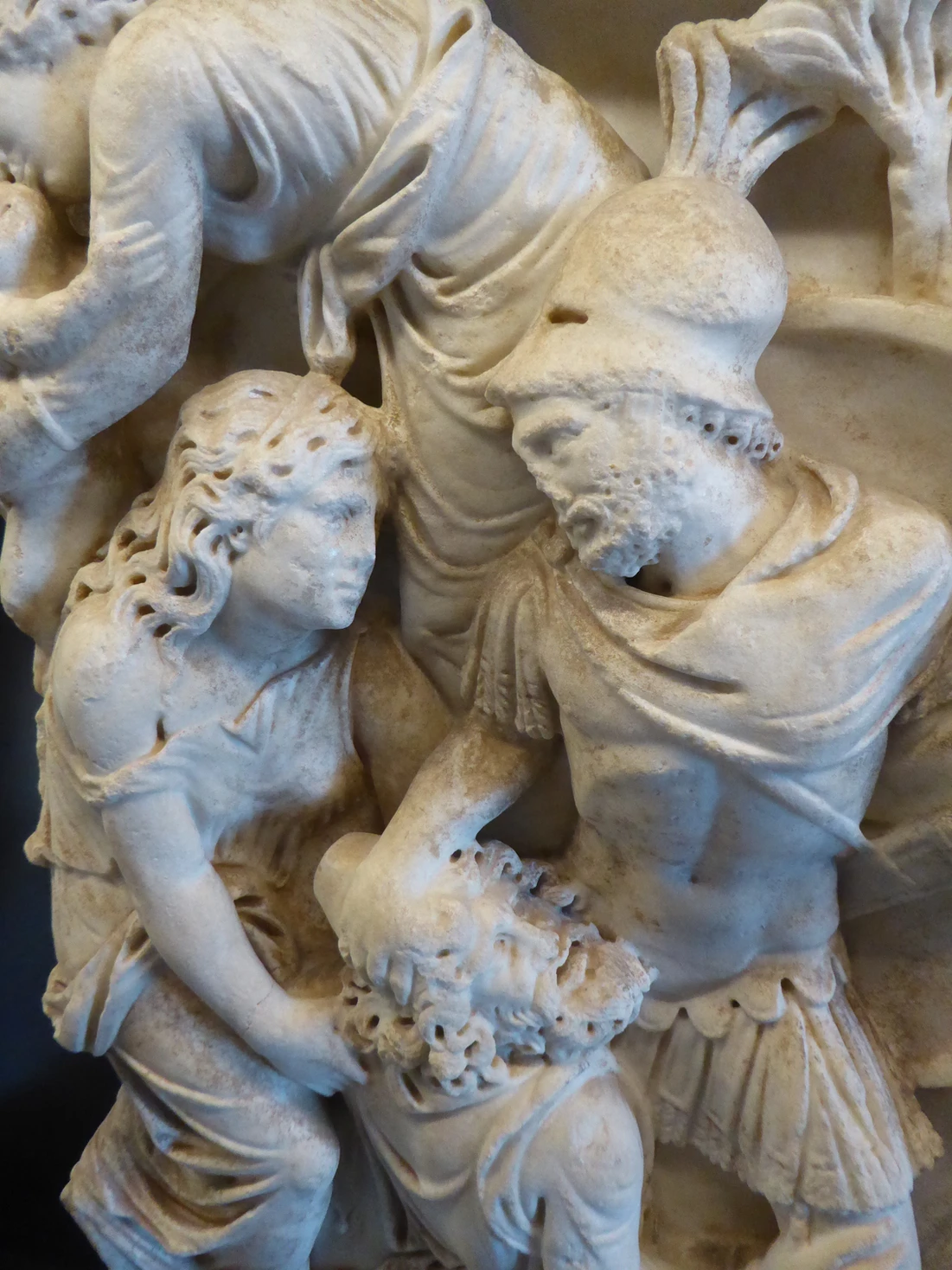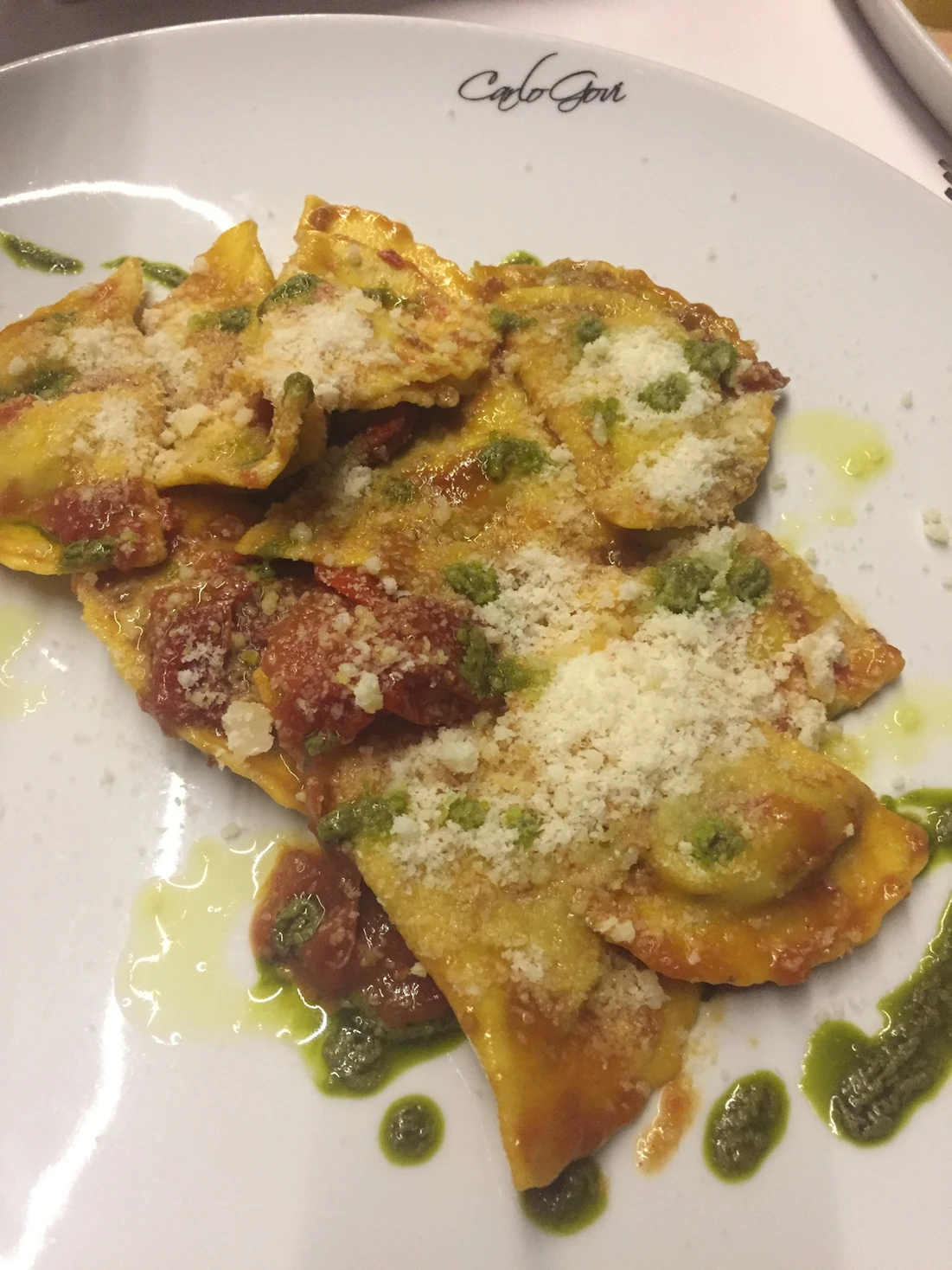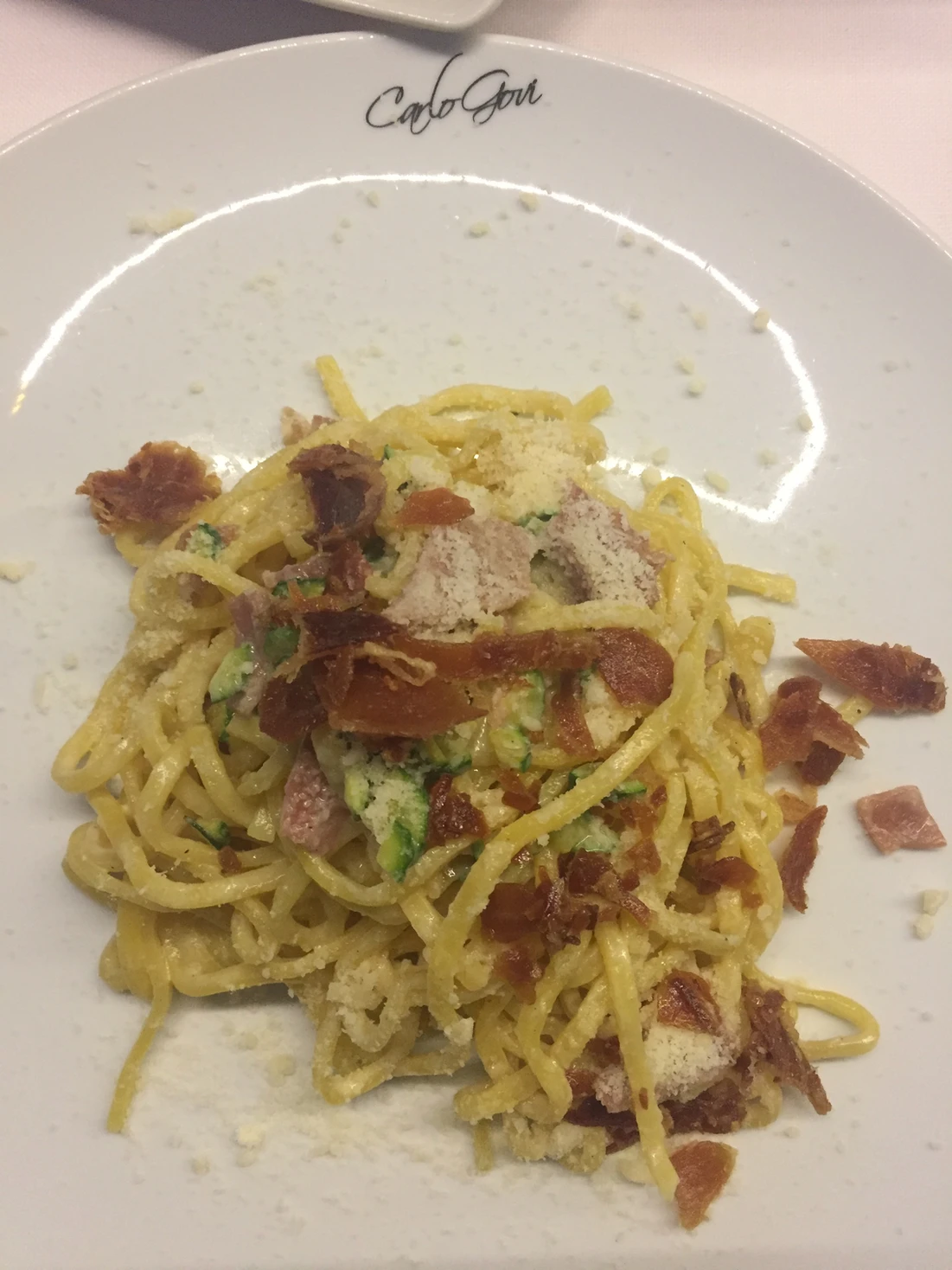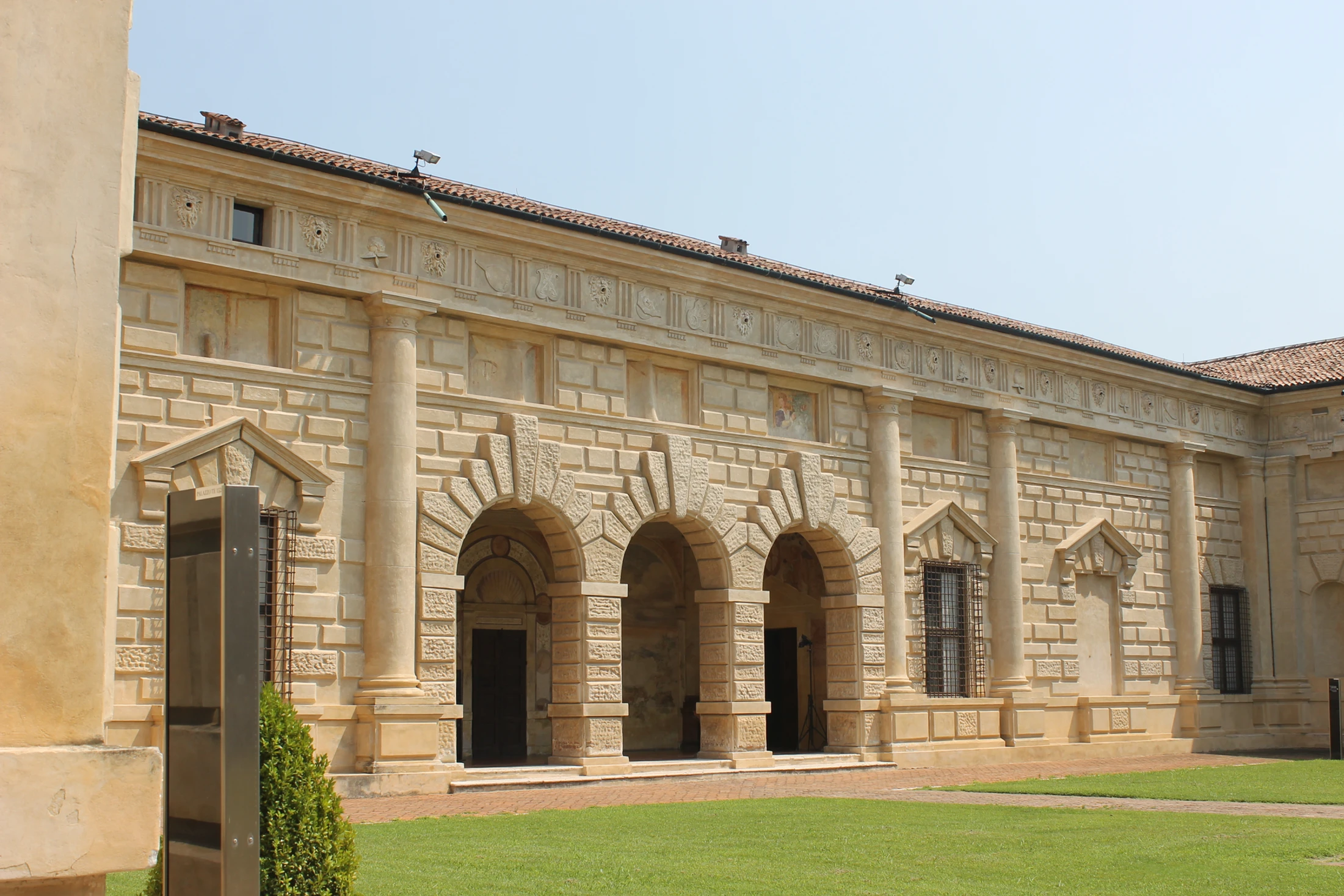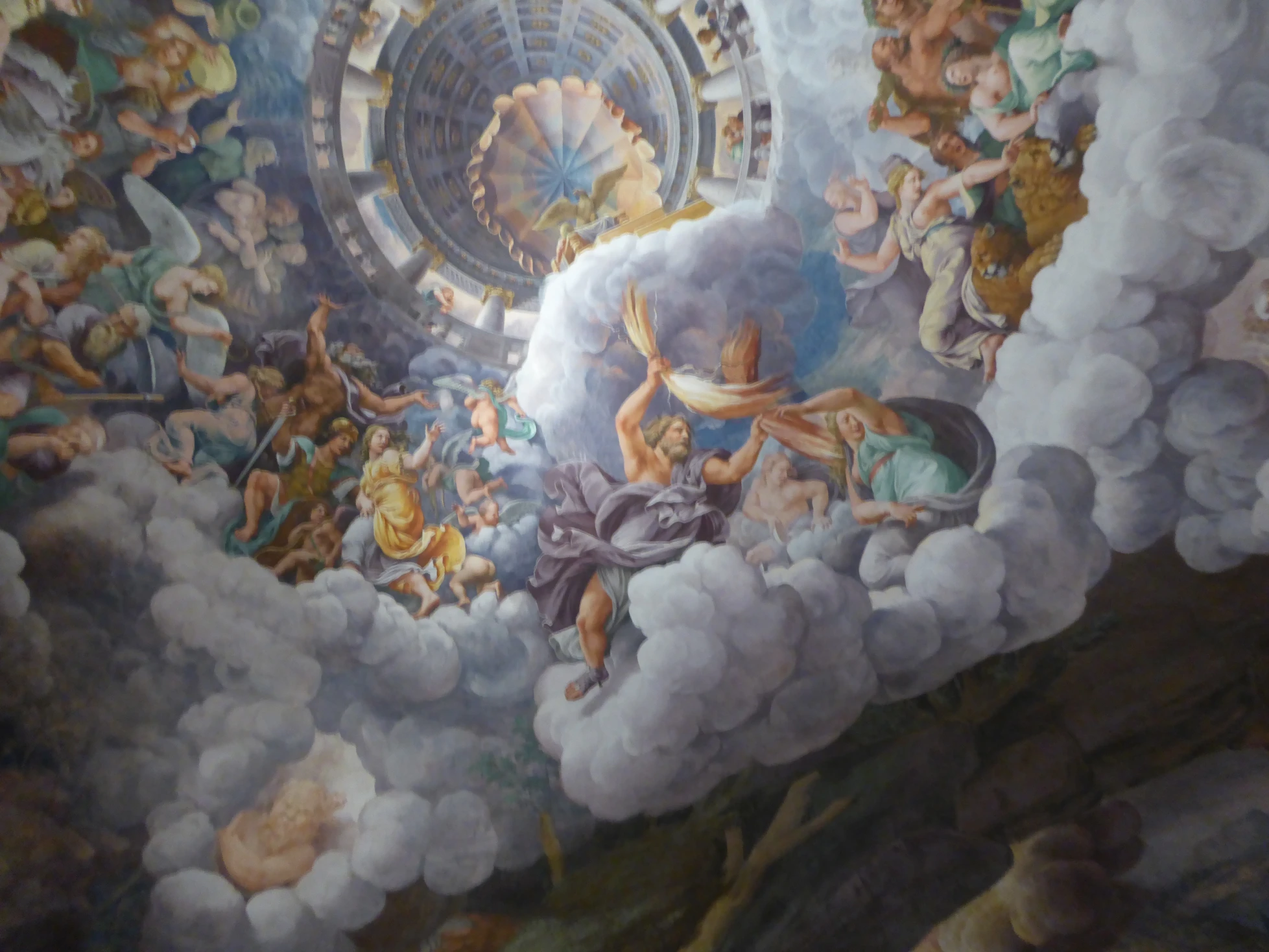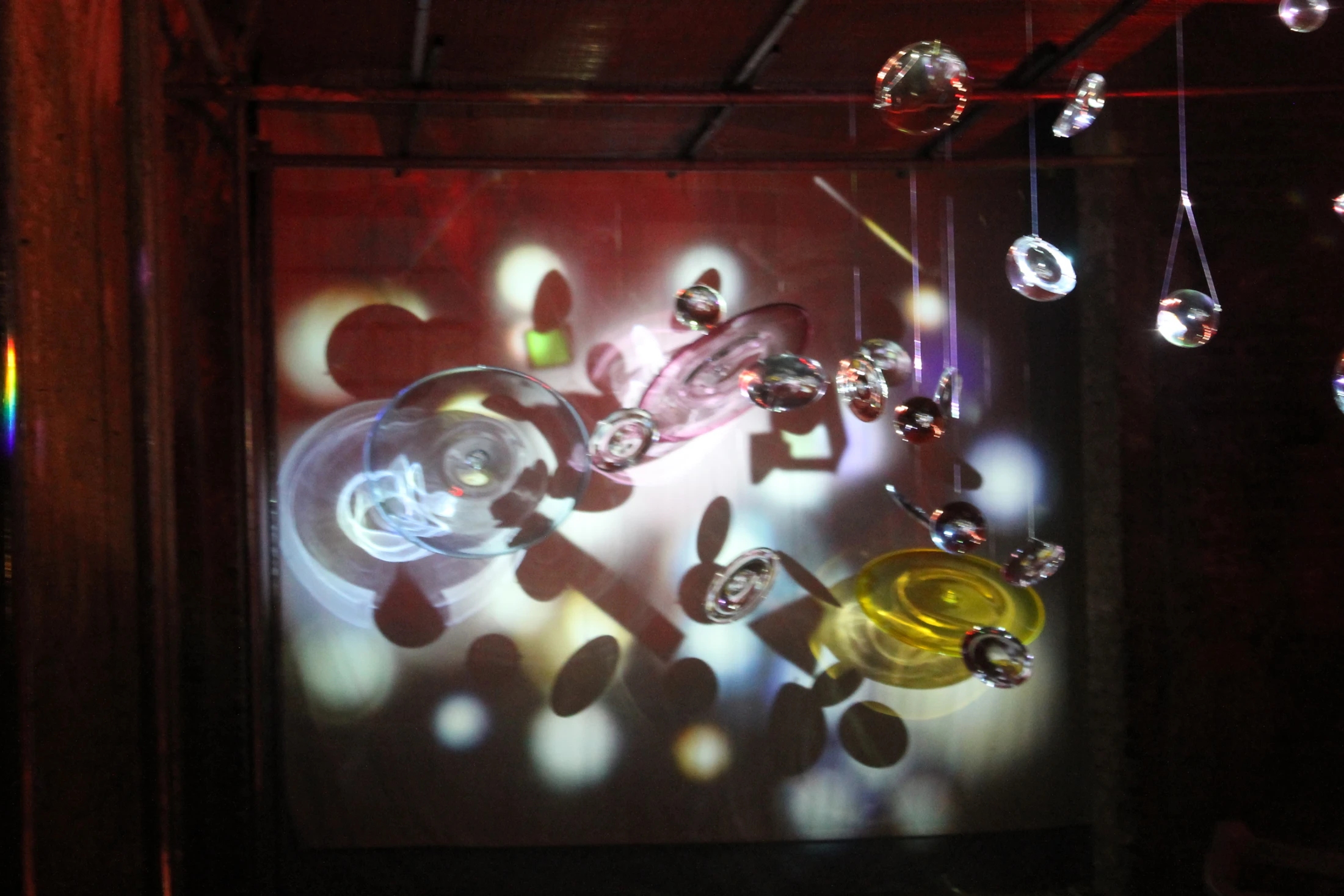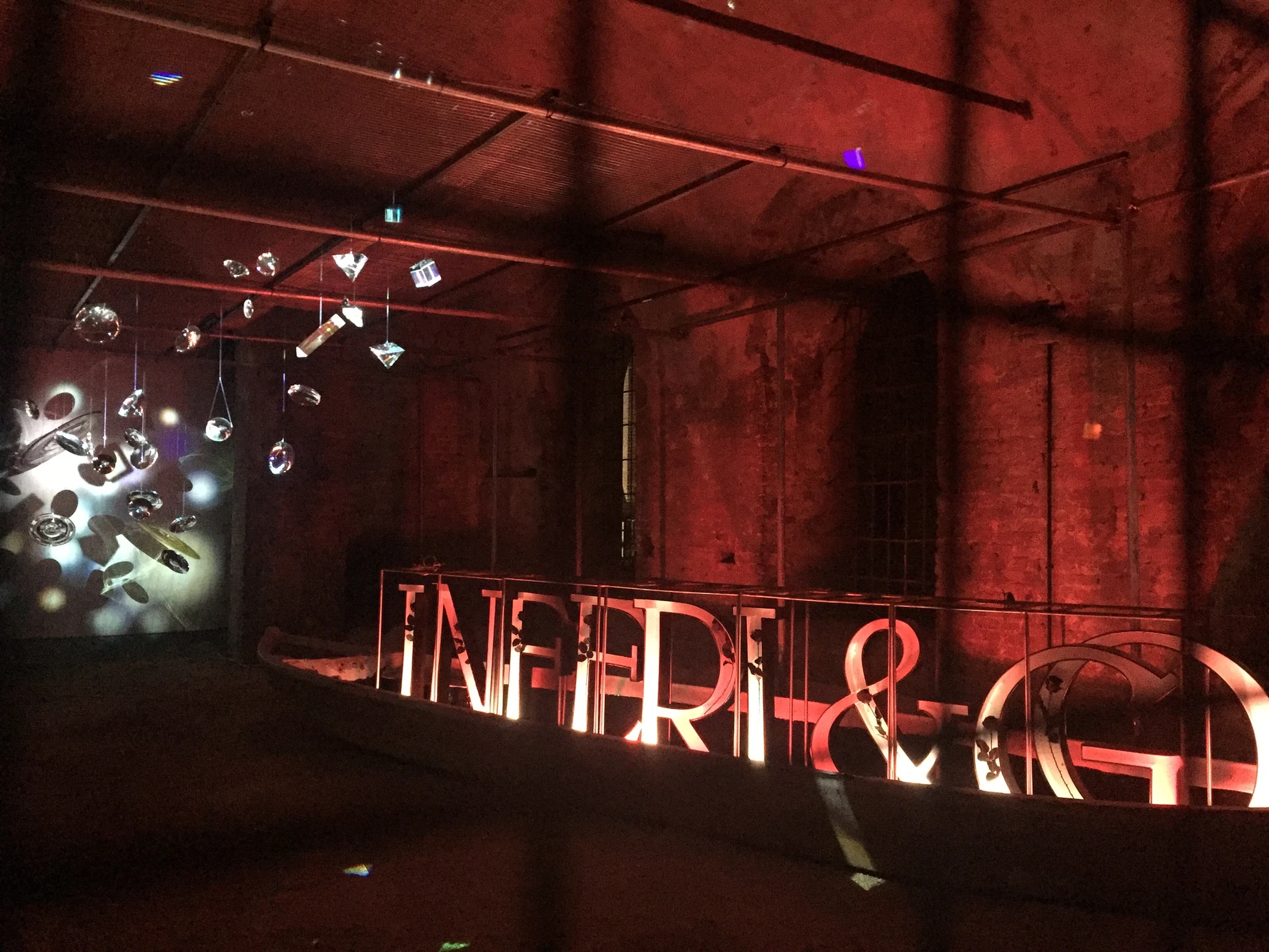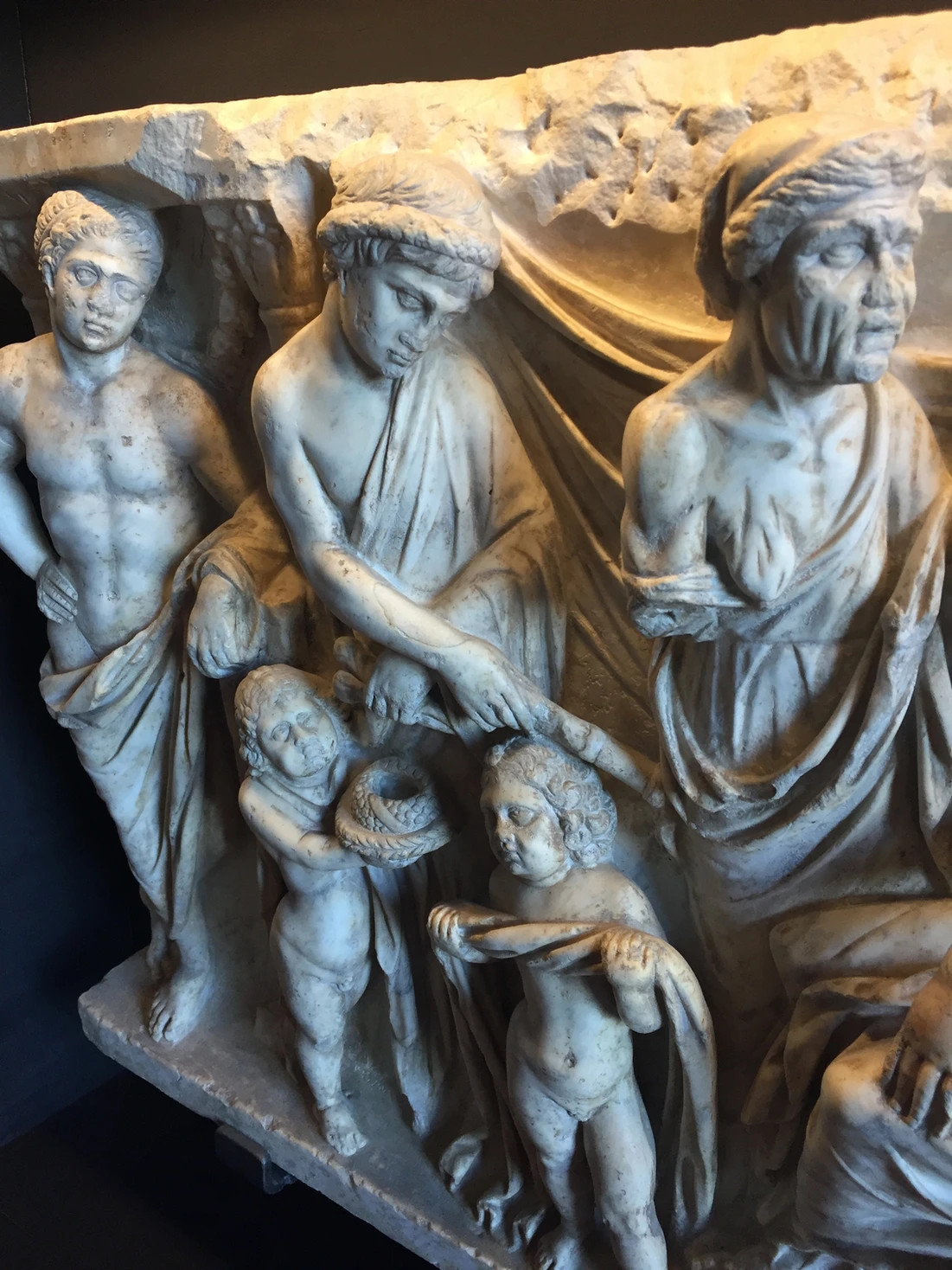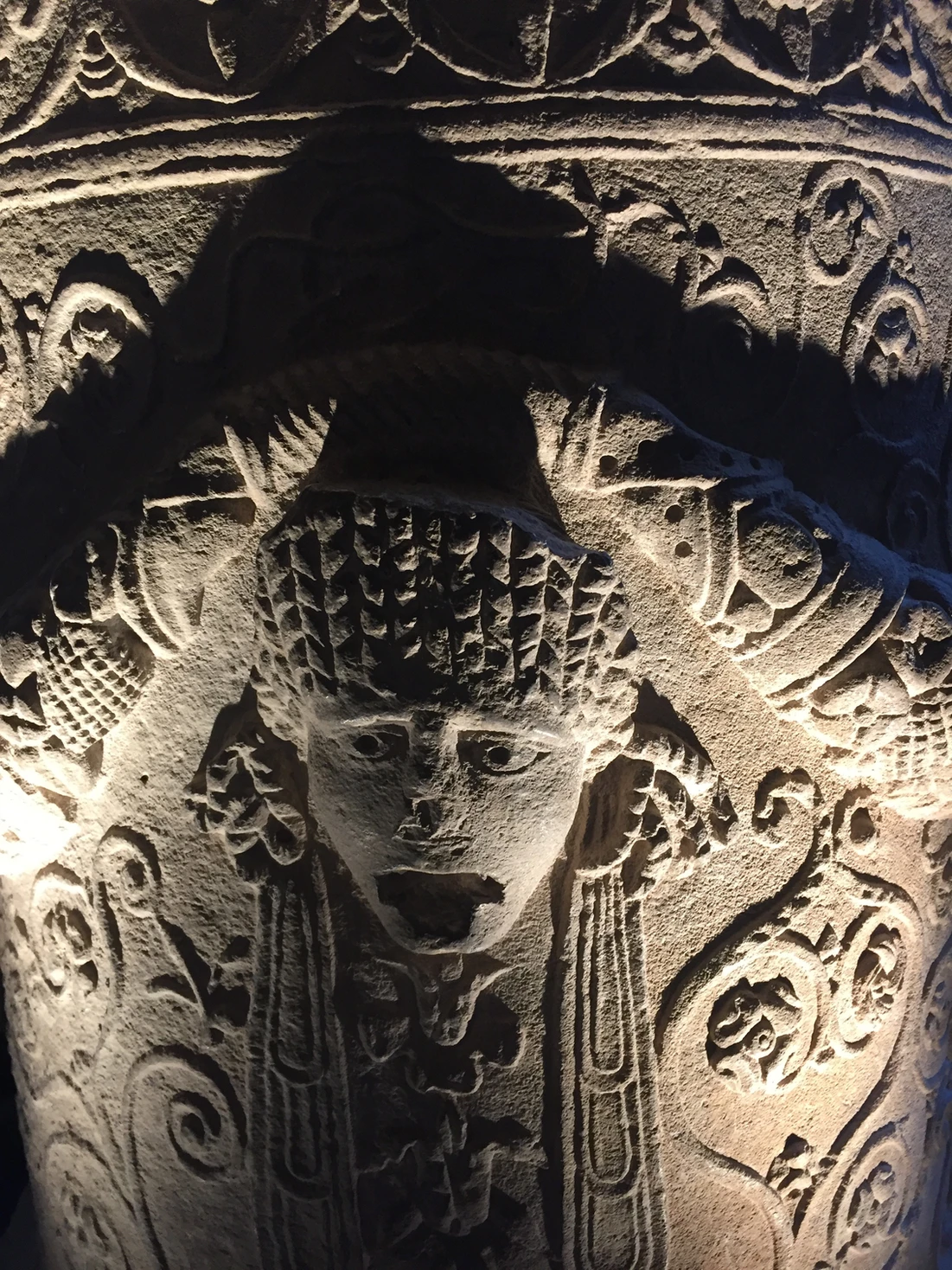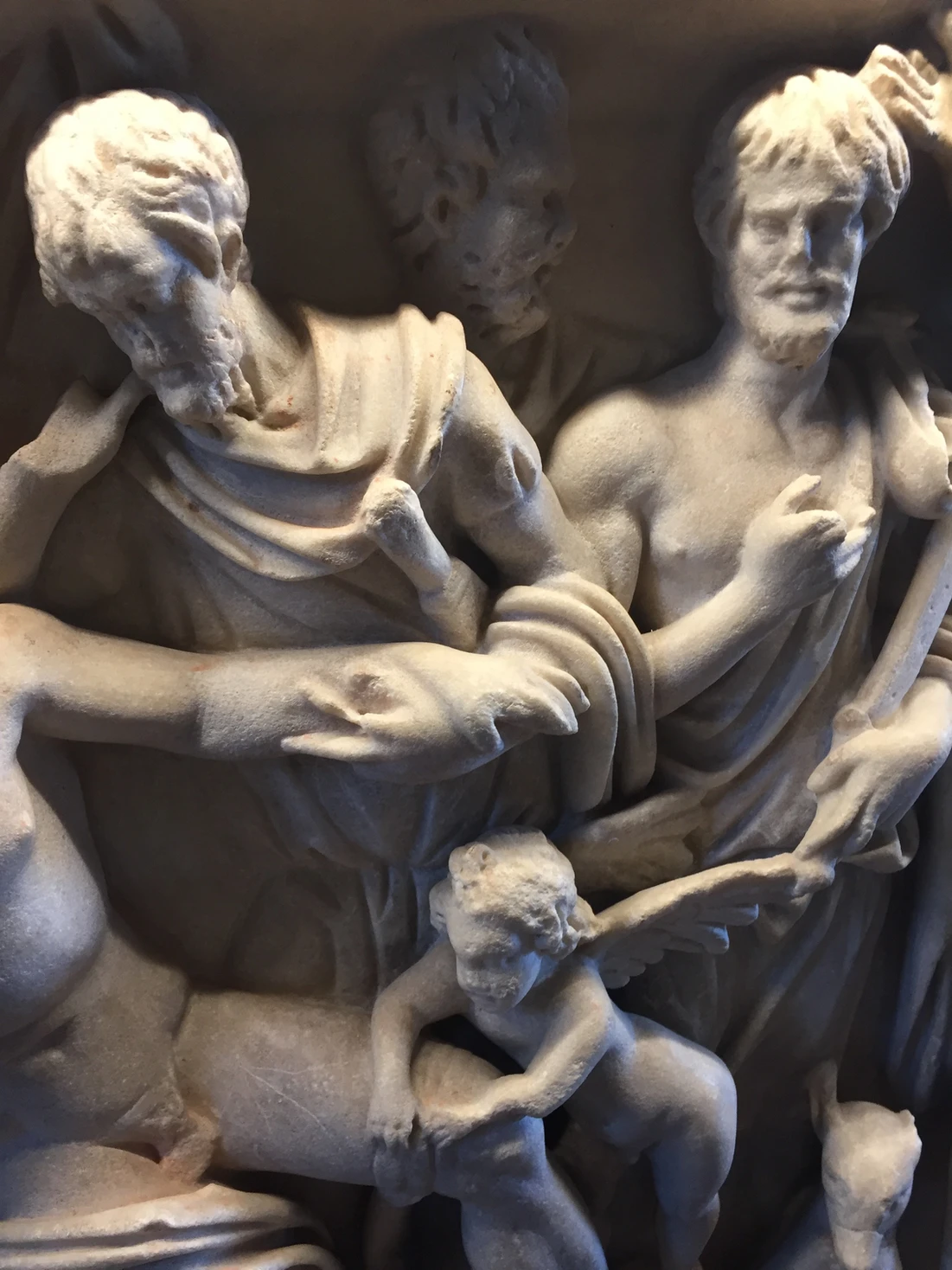Emilia-Romagna & Lombardy Part II: Mantua Travel Guide
- Karyn Farrell
- Aug 17, 2018
- 16 min read
Updated: Feb 1
This is a wonderful city. It would be worth travelling a thousand miles to see it - Torquato Tasso, 16th century Italian poet
Disclosure: some of the links on this site are affiliate links with companies I have chosen to partner with. If you make a purchase through these, I may receive a small commission at no extra cost to you. Thank you for your support!
Mantua (Mantova) in Lombardy turned out to be the jewel of our trip and unexpectedly so. We spent three fabulous days here upon leaving Ferrara (part I in separate blog here). I knew very little about Mantua but had wanted to visit Palazzo Te after seeing images of it in an art history lecture a long time ago. Our plan was to use Mantua as a base and to make day-trips to places like Parma and Modena by car but we ended up never leaving and our car sat in a multi-story carpark for three days. It doesn't attract the same level of tourists as other Italian cities which suited us just fine. No absurd queues to visit sites and no real need for table reservations.
After three days here it had completely captured our hearts and I wanted to shout about it from the rooftops. Mantua is the city that has everything: fantastic food, world-renowned art, stunning buildings and churches and to top it all off, it's surrounded by lakes so it's also got a spectacularly beautiful location.

I actually gasped as I caught my first glimpse of the city. We were driving across Ponte Legnano and there it was in all its glory - the fortifications of Palazzo Ducale straight ahead, topped by the dome of Sant' Andrea. There can be few greater introductions to a city and from that point on it only got better.
One important thing to note: there are parking restrictions in much of the historic centre so if you have a hire car, you'll need to think about where to leave it overnight. We used one of the multistory carparks on the outskirts of the city as it had a rate of €8 per day and you can come and go as often as you wish.
Contents:
Accommodation
We lucked out in the location of our hotel, staying at Ca delle Erbe Residenza on Portici Broletto, a gorgeous colonaded street opposite the picturesque Piazza delle Erbe. We checked in at the Osteria delle Erbe and as our room was not quite ready, decided to stop and have some lunch here while we waited. Talk about the perfect location for lunch - on one side we had the Palazzo della Ragione, the clock tower and the circular 11th century Rotonda di San Lorenzo. On the other side we had views of the dome of Sant' Andrea. This was also where breakfast was served every morning - a nice way to start the day.
Our room was clean and modern with nice views of the square but quite limited in terms of storage space. We had one or two here other small gripes but they're hardly worth mentioning. We didn't spend much time in our room overall so it didn't bother me. The location was terrific and this won out over other considerations.
Mantua Travel Guide: Food and drink:

Our first meal in Mantua was, as mentioned above, across the road from our hotel in Osteria delle Erbe. They have many outdoor tables shaded with umbrellas - great for people-watching. It's a little pricey for food - expect to pay about €8-€10 for an antipasto, €12-€15 for a pasta dish and over €20 for meat or fish. Taking into consideration the location however, you can see why it might cost more to have lunch here. The waiters were extremely professional and also very friendly. We liked the place a lot, so much so we had lunch here twice. On one of the days I had a local specialty, tortelli di zucca (pumpkin tortelli) with butter and sage. It was very good and not too sweet, as I would've expected. Martin had their Mantovana pizza with sausage which was apparently very tasty. Day two we tried the maccheroni in a tomato sauce with mozzarella and cherry tomatoes and a spaghetti dish. It's not spectacular food but it's simple and tasty.
The osteria is also great for an evening aperitivo. They have sofas at the edges of the outdoor seating area for those just having drinks. There are few more pleasant ways to spend a warm summer's evening than sitting here, cocktail in hand and jazz on the playlist, listening to the chatter of the locals as they make their way home from work or better still, the bells of Sant' Andrea as they ring out on the hour.
One thing to note, you get a 20% discount on all food and drinks here if you're staying at the Residenza - a great bonus.
Bar Caravatti - a local institution

You cannot come to Mantua without having an aperitivo at the iconic Bar Caravatti, a local institution since 1865. As luck would have it, it's located on Portici Broletto, a couple of doors up from our hotel. We were lucky enough to nab ourselves a table outside and ordered the house specialty, Aperitivo Caravatti made from wine and aromatic bitters, the exact recipe of which is still a closely guarded secret. It was very good - less strong than Campari but with a subtle bitterness that I liked. It costs €4 and comes with free nibbles like most places in Mantua. We munched on some small sandwiches to complement the drink - anchovy and mascarpone in a small, soft roll. The verdict: surprisingly good and the saltiness of the anchovy went well with the bitterness of the drink. It's a must-visit spot and the staff were very friendly, especially the chatty manager who looked after us on our last night there.
Carlo Govi
Our best meal experience in Mantua however was the fabulous Carlo Govi, in close competition with Il Sorpasso in Ferrara for best meal of our trip - you can read about that on part I of my blog here. Located on Viale Gorizia, about a twenty minute walk from the city centre, the place seemed to be full of locals and regular diners. We loved everything about this place: the gentleman who looked after our table (who I believe was Carlo, the owner), was so warm and friendly and had such pride in the restaurant and the food they were serving. We were seated outside on the garden patio and enjoyed the most exquisite food, absolutely made with love.
I ordered the steamed pumpkin flowers stuffed with ricotta as an antipasto - divine and with such exquisite presentation. Martin had the 'spaghetti alla chitarra' with crispy culatello to start. For my main I went for ravioli filled with aubergine and a soft Italian goat's cheese with cherry tomatoes and basil. Martin opted for their pork dish, cooked at low temperature and served with Dijon mustard and apples’ caponata. Both dishes were close to perfect. We couldn't fit in a dessert unfortunately but we had a nice bottle of Valpolicella from the Veneto.
Everything about the place suggests a high-end restaurant - except the prices that is. My starter was €10 and our pasta dishes from €12 -€14. They also offer the option of a half portion of pasta for about €8 - a great idea as it would allow you to try three courses without being completely stuffed to the gills. The surprise here was that Martin's pork dish was also only €14. Excellent value overall. One of my favourite things about this place was the motto on their menu - "We do not charge cover - your presence here is a great pleasure for us". It certainly felt like that and we were treated like kings. One to revisit in the future for sure.
Osteria Libenter
One final recommendation for a cool spot to eat or just have a drink is Osteria Libenter on Piazza Concordia, located at the back of Piazza delle Erbe. One of the benefits of staying in a small city is that you can walk to any number of dinner spots in minutes. Libenter is a modern bistro and attracts a younger, more hipster crowd - definitely the place to go to see and to be seen. Again the location is fabulous, if you can get an outdoor table, with a back drop of the Rotonda di San Lorenzo on one side and the Palazzo on the other. We weren't especially hungry so were very happy to see that their food menu is essentially a series of tapas dishes - exactly what I wanted on that particular evening. I asked the waitress about their sizes and she said "small" so we ordered five between us. Let me assure you that they were far from small. The five plates could barely fit on our table. We only managed to eat about half of it so we definitely would've had enough in three. Take this from someone who has a rather large appetite.
Some of the dishes were very good, such as the pecorino and pinenut tart, the spicy peppers (an Italian version of Pimientos de Padron) and the Burrata. The grilled vegetables and the ricotta dish were nice but nothing to write home about. The service, as in so many places we encountered in this part of Italy, was slow and a tad chaotic. It wasn't particularly busy but we were left with a menu sitting in front of us for about ten minutes before our waitress reappeared, despite the fact we'd put them away and were obviously ready to order. The two wait staff were standing in the doorway, completely oblivious. We had to wave to get their attention. Just FYI, this was the case in so many places we ate across north Italy, Carlo Govi being the exception. It seems it's up to you to signal when you're ready to order. You may be waiting for some time otherwise.
But in saying all that it's a cool spot and one I'd definitely come back to.
A city of secret passageways: a fun and interactive scavenger hunt
First question - would you like to discover some of the secrets and curiosities of Mantua without having to commit to a guided tour? If so, then the ClueGo trail app might be for you. Part self-guided tour and part scavenger hunt, the app allows you to have an immersive and interactive experience through the city, following a trail of fascinating stories. Your powers of observation and creativity will be tested to solve the clues and riddles to get from one destination to the next. It's a fun and unique way to experience a city, and you can do it at your own pace.
Price: €17.99 for a max group of 5 people. It's a 2.5 km trail with 9 stops and 9 riddles. Join the fun here
Buona fortuna!!
Mantua Travel Guide: Unmissable places to visit

For such a small city, there is so much to do and see here that it's hard to know where to start. If you're interested in history, art and architecture, then you will be in your element. Equally if your idea of heaven is people-watching with a gelato in your hand on a gorgeous piazza, then there are few more pleasant spots to do so. For the more active, you can take a stroll, run or cycle around the lake shore. For those who like their holidays activity-free, then there are some great boat trips to allow for lounging in scenic locations. Here are just some of the highlights and wonders of this most gorgeous of cities.
*Palazzo Te

Located about a kilometre from the historic centre, this Renaissance villa was designed and executed by artist and architect Giulio Romano from 1525-35 and is an absolute masterpiece in every way. Famous for its elaborately frescoed rooms, this was commissioned as a place of leisure for Duke Federico II Gonzaga, and by leisure you can read a place for him to entertain his mistress. One of the things that struck me was the sharp contrast between the exterior of the building which is so refined and elegant, the epitome of classical symmetry, and the wild and dramatically decorated interior rooms. There is such a sense of calm when you come through the entrance gate to the interior courtyard and garden - despite being located so close to the city, it is such a still and tranquil place.
And now for the interior - you are in for the treat of your life. The palace is made up of a series of interconnecting rooms, all highly decorated with a different theme for each one like the Hall of the Horses, Chamber of Amore and Psyche and the most famous, the Chamber of the Giants. We spent hours here, taking our time as we moved through the rooms as each one brought something very different.
One of my favourites was the Hall of the Horses with its almost life-sized animals which appear to stand out in 3-D from the landscapes against which which they are painted. The Gonzaga family were breeders and loved horses so these are actual portraits of their favourite ones. I loved the illusionism he employs here: the horses seem to be standing on the lintels of the doors and on the painted cornice that runs around the walls. The line between what is real and what is painted is blurred until you walk closer. You realise that pillars and columns which look 3-D from a distance are in fact painted, as are the niches containing sculptural figures of gods and busts of important men and women in Gonzagan history.
In contrast to the tranquil beauty of that room is the Chamber of Cupid and Psyche, a room of the most sumptuous decoration featuring a series of mythological stories on every square inch of the upper levels of the room, even on the ceiling. All extremes of emotions are represented here: jealousy, rage, love, passion - it's high-drama on show and some of the scenes are outright erotic. The story ends happily on the bottom register with the marital banquet in full swing.
I've kept the best for last: the Chamber of the Giants. I've seen documentaries about this on television but nothing prepares you for the experience in reality. Every square inch of the wall and ceiling is covered in frescoes so you are completely consumed by the dramatic story representing the biggest earthquake in mythology, taken from Ovid's Metamorphosis.

We see the giants rebelling against Jupiter and his retribution as he strikes them down with thunder and lightning. The images below might give you some sense of the scale of the figures as they tower over you from all angles. The illusions are incredible - there is no distinction between the corners of the rooms - they appear to have rounded edges, which is not the case at all, and there is no division between where the ceiling meets the walls. The painted walls and columns appear to tilt towards you which has a slightly nauseating effect when you look upwards. The ceiling is an absolute tour-de-force: its painted dome seems to extend upwards into infinite space while the figures appear to be falling from the sky into our space. It's remarkable.
These are just three highlights for me but each room was beautiful and spectacular in its own way, some serene and some dramatic. Palazzo Te warrants a blog all of its own but if you want to read more, check out their website here. For now here are some images of the other rooms.
*Palazzo Ducale & Castello di San Giorgio - Camera degli Sposi There are many reasons to visit the ducal palace but this is one of the best ones. The ceiling and walls of this room, the 'bridal chamber', were painted in the late 15th century by Andrea Mantegna, an Italian painter who was way ahead of his time in his artistic experimentations. The ceiling is a spectacular feat of illusionism with its painted dome and dramatic perspective appearing to open the room to the sky beyond. The illusion is enhanced by the figures peering over the edge of the dome and the three little putti who have escaped and who appear to be standing on the ledge over our heads.

He goes further by adding a bar across the top of the dome on which a vase of plants is resting precariously, leaving you with the feeling that it could land on your head at any given moment. Not only that, but look closely at the apparently sculptural cornices and busts standing out in relief around the dome. Yes, you've guessed it - they are also painted. It's absolutely incredible.
Castello di San Giorgio
The building itself is extremely impressive with the castle set against the backdrop of the lake and surrounded by a moat. It's enormous, with its imposing towers dominating the skyline. We were lucky enough to have our visit coincide with the Biennale Light Art group show where the outward-facing rooms of the palace, as well as some of the outdoor areas, were used as exhibition spaces.
Most were not visible during the day, with the exception of the dancing ballerina figures and horses in the water of the moat, and the centaurs on the adjoining bridge. While they looked beautiful during the day, they were transformed at night by dramatic lightning. It was then the outer rooms of the palace came to life with a diverse range of contemporary light works. I loved the contrast of seeing very modern works set in a very ancient setting.
Honestly, you could spend a week exploring the castle and the palace. There is so much to see. The €12 combined ticket is excellent value. The rooms of the palace itself are also beautiful, none more so than the Hall of Mirrors. The art on display is also wonderful, including frescoes by Pisanello and paintings by Rubens. I was particularly taken with the relief sculptures below ranging from the 4th century BC to 1400 AD. The drama and heightened human emotions that the sculptors have managed to evoke from stone is incredible.
Something else not to miss is the internal courtyard with its colonaded walkways leading out to the beautifully tended garden with its perfumed plants. It's so serene and a nice place to take a moment to yourself mid-visit.
Last but not least, check to see if there are any temporary exhibitions on in the castle during your visit. We were very lucky to see a small but fascinating show by Austrian artist Hubert Sattler called 'Il giro del mondo in 8 stanze' - 'Around the world in 8 rooms'. Working in the mid to late 19th century, Sattler was an artist who spent his life travelling the world and visually documenting the places he visited. The canvases were quite large in scale with cities and landscapes captured in the most painstaking and minute geographic detail. It was almost like looking at a photograph in some instances, while others were more painterly. They were astonishing. The exhibition featured his paintings of the cities of Paris, Rome, Venice, Boston, Toledo and London, among others and his landscapes of places as far ranging as Egypt, Jerusalem, Niagara Falls and the Grand Canyon.
* Stations of the Cross, St Peter's Cathedral
The cathedral has some serious competition in the church stakes in Mantua but I'm afraid it's completely overshadowed by the astounding basilica, the Church of Sant' Andrea, whose dome you can see across the square. However in saying that, the ornate Baroque facade of the cathedral, located on Piazza Sordello, is spectacular with its dramatic white frontage which seems almost to be standing independently of the rest of building - you can see this best from the side views.
However our favourite thing about the interior was the modern interpretation of the Stations of the Cross by contemporary artist Andrea Jori from 1996 which really caught our attention. Executed in terracotta, I have never seen anything quite like them. They were profoundly affecting and full of emotion. I thought it was a brave commission by this church to have such a bold and modern representation on their walls. Maybe in time it will inspire others to do the same.
* Church of Sant' Andrea
The basilica is one of the greatest examples of Early Renaissance architecture, its 15th century design attributed to the master Alberti, topped with an ornate dome which can be seen all across the historic centre. The facade is regarded as one of Alberti's masterpieces and I can see why. It dominates the square with its dramatic triumphal arch above the entrance which is a clear nod to antiquity, as are the classical columns and pediment above the door. The geometric pattern of the vault with the flower within is repeated again on the inside. All the elements, both inside and outside, flow together harmoniously.
The interior is strikingly beautiful, never more so than when the sunlight is streaming through the windows in the dome, the main light source for the church. The dome is painted with a series of swirling figures that seem to be ascending into the world beyond and bringing you with them.
In the first chapel on the left you will find the tomb of the painter Mantegna, responsible for the magnificent Camera degli Sposi, who died in Mantua. A fitting resting place for the great man.
* Gelato time
If you've had your fill of all things cultural for one day, then what could be better to revive your weary body than a gelato on Piazza Sordello? There are loads of spots to choose from, all with tables out the front to enjoy the view of the cathedral and the palazzo. I recommend the Amarena cherry and pistachio.
* Follow the lake-side path around the city
Now that you're fired up with sugar post-gelato, it might be a good time to explore the outer edges of the city by taking one of the lake shore paths. You can take a slow ambling passagiata like the locals, or up the pace and run or cycle - whatever floats your boat. It's very quiet and peaceful and shelter is provided by trees in some parts. The lake is just a few minutes' walk from Piazza Sordello.
Mantua offers a city bike service: Mobike. It's a little different to the ones in cities like Dublin where bikes are attached to a station. This is a station-free bike sharing scheme which operates through a downloadable app and bikes are accessed using a QR code. A security deposit is held on your card and you can either pay-as-you-go, which is charged at a rate of 30c per half-hour, or you can avail of a series of daily or monthly passes. You will see the bikes scattered all over the city. We didn't use them as we walked everywhere but they seemed like a great facility and eliminates the hassle of trying to find a station with a space. If we'd been staying for a few days longer we would definitely have made use of them.
* Take a boat trip on the lakes
This is a blissful way to spend a few hours if your legs have finally packed in from your cultural excursions. We went with NaviAndes, based on Piazza Sordello and booked a one and a half hour tour for €9 each. It's really nice way to appreciate the beauty and quiet majesty of this underrated city from a different viewpoint. The views of the palazzo and the castle are something special as you are approaching the city at the end of your tour. There is a pre-recorded audio guide on the boat in a number of different languages to talk you through what you're seeing on either side. The lakes which receive water from the River Mincio are home to a number of nature reserves and we were told to look out for birds such as storks, herons, egrets, kingfishers and moorhens, a few of which we glimpsed as we continued on our way. It's a sleepy gentle tour but I really enjoyed it.
It was with heavy hearts that we packed our bags on day four and left Mantua for Bologna. The city had completely and utterly captured our hearts and I have no doubt that it's somewhere we will return to again in the future. To continue with us on our journey to Bologna, click here.
Buon viaggio,
Karyn xx








